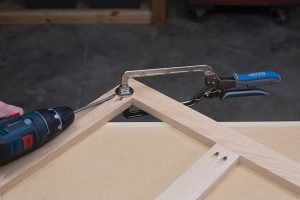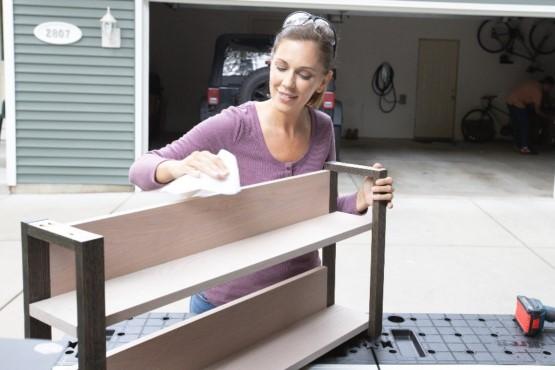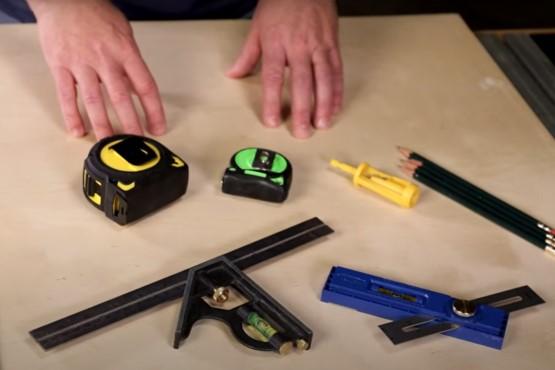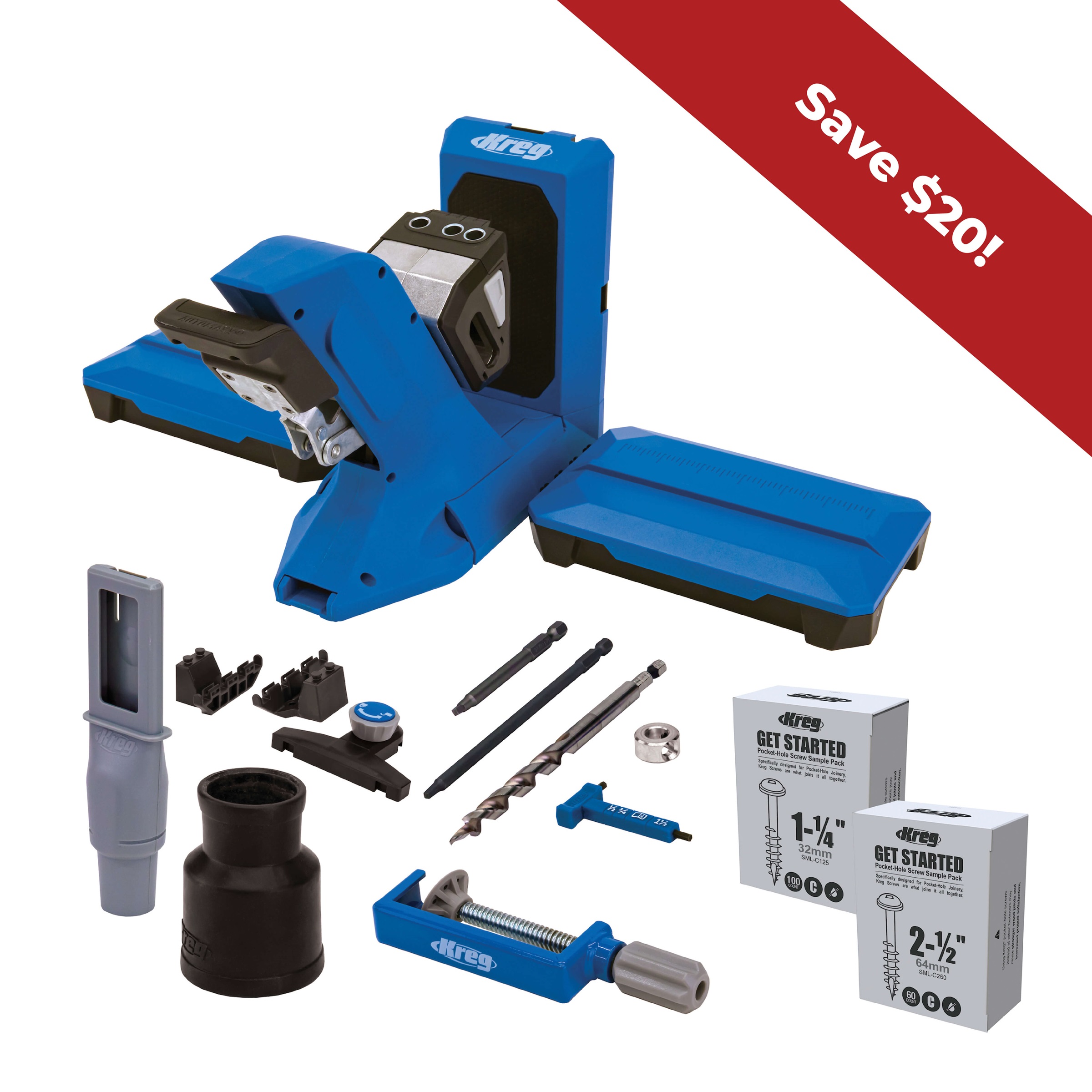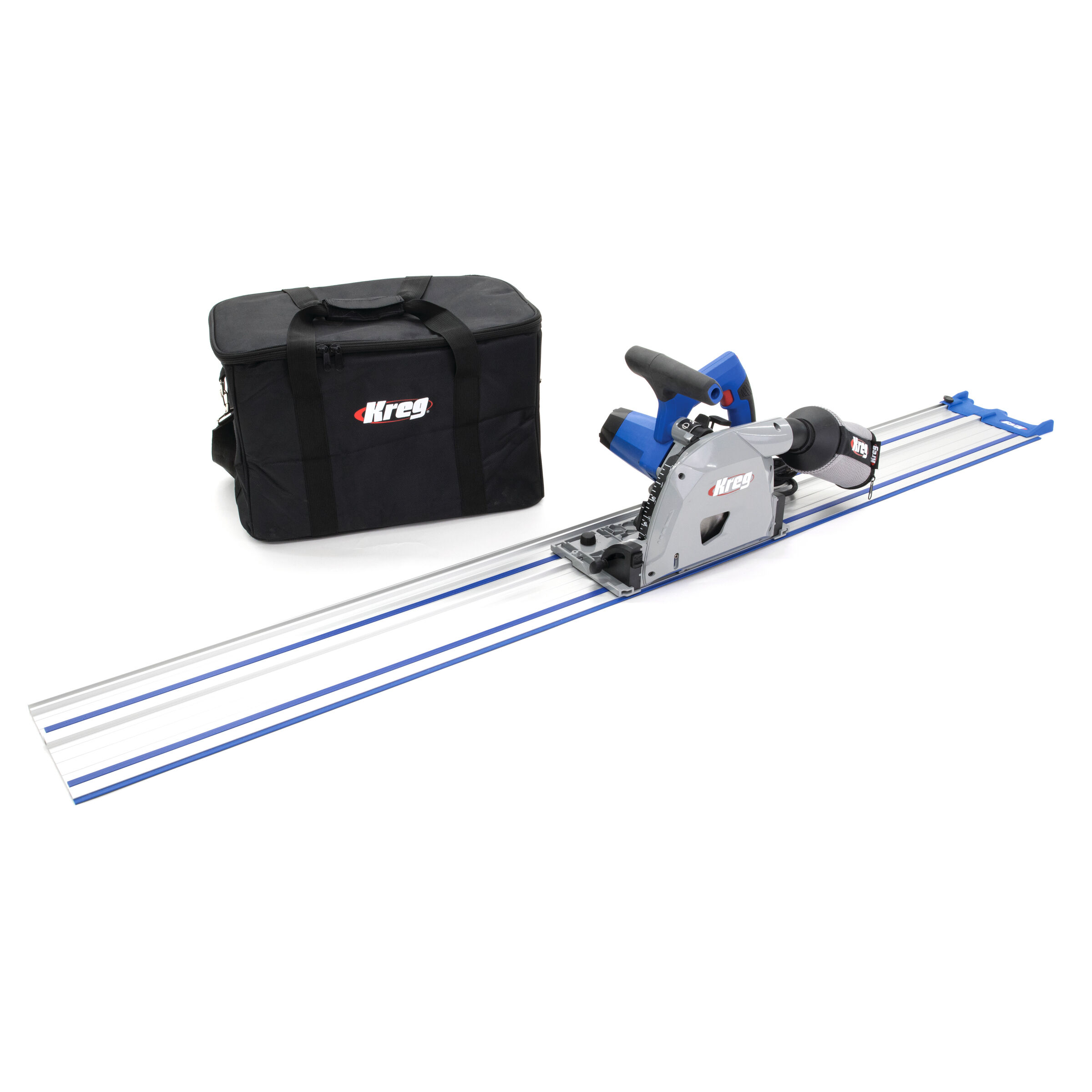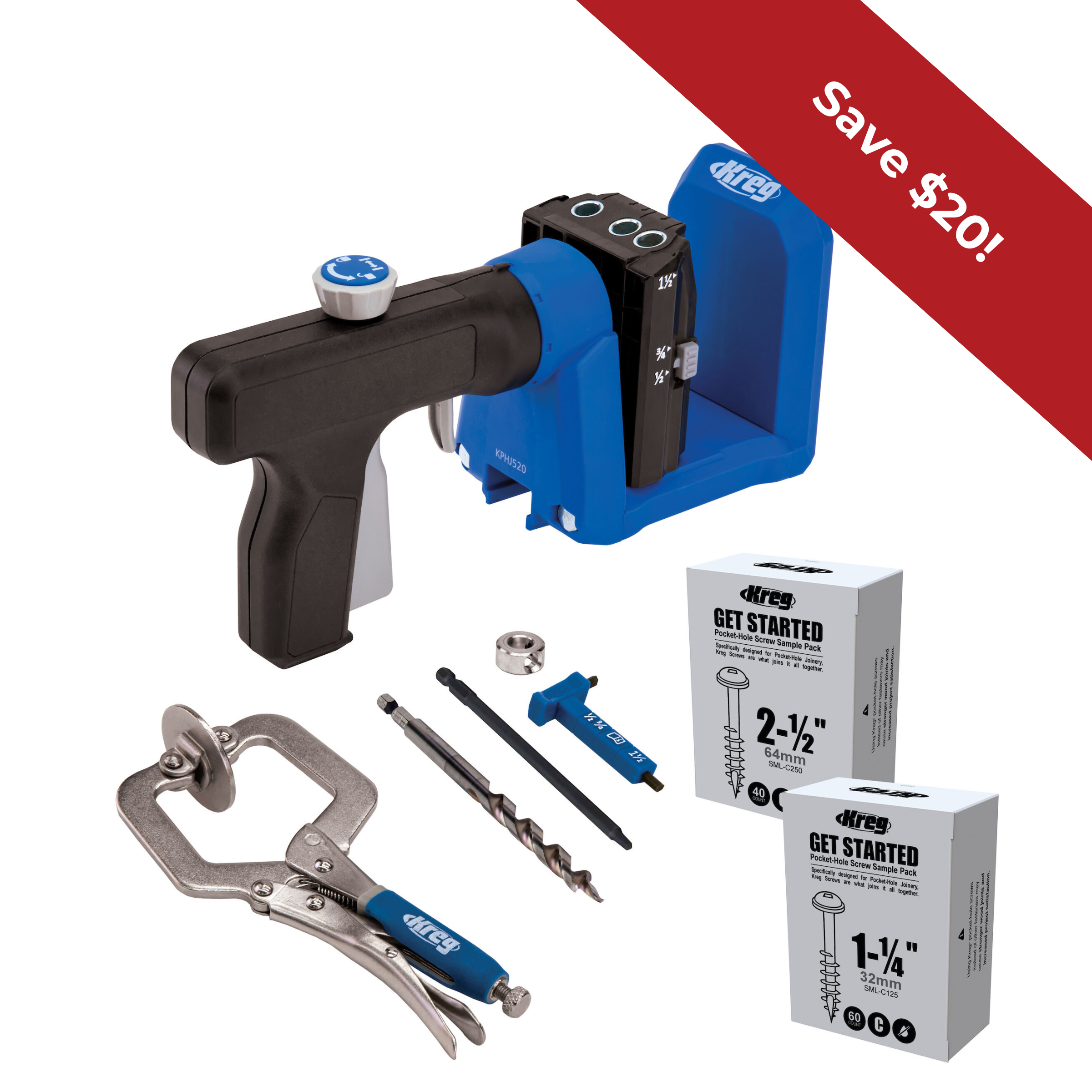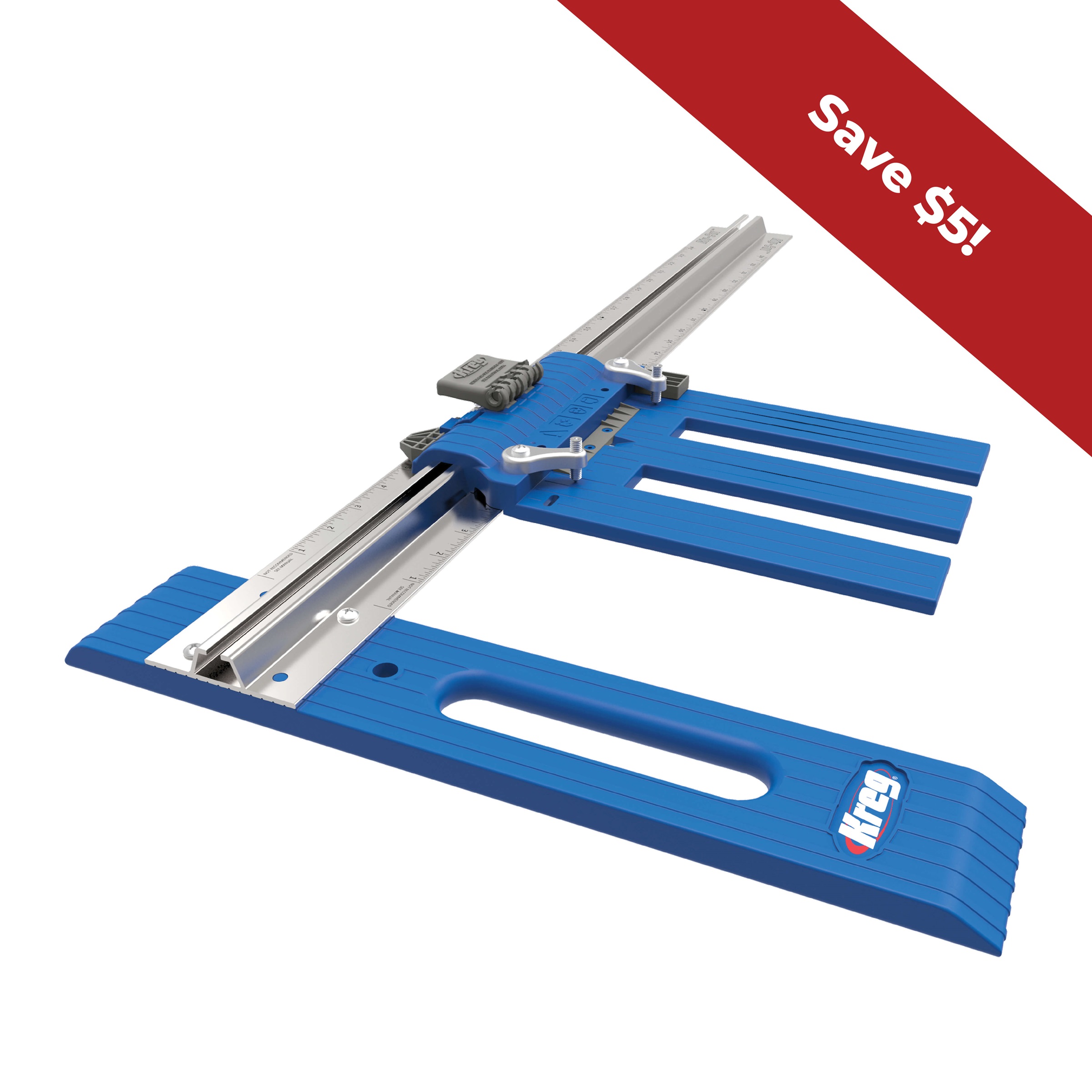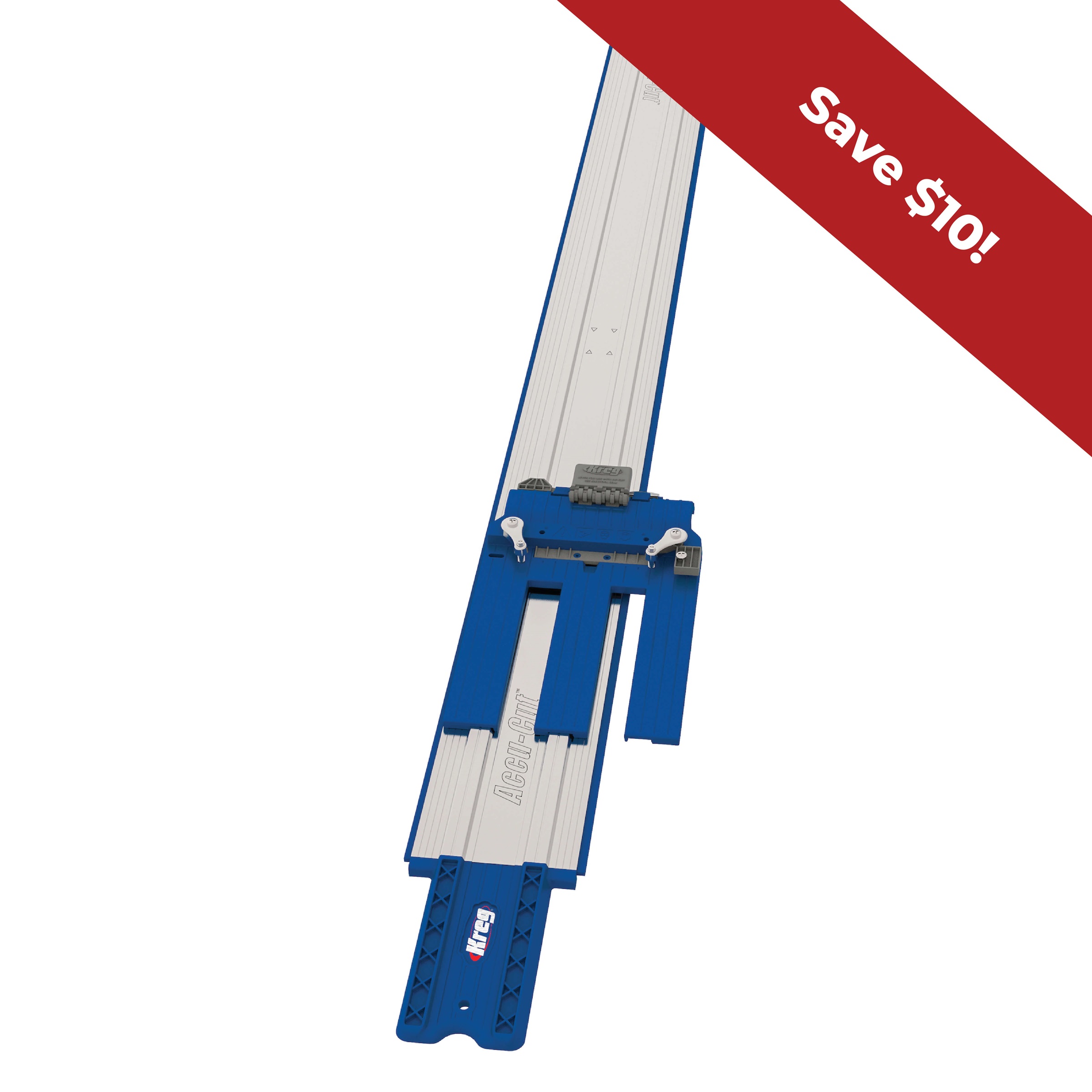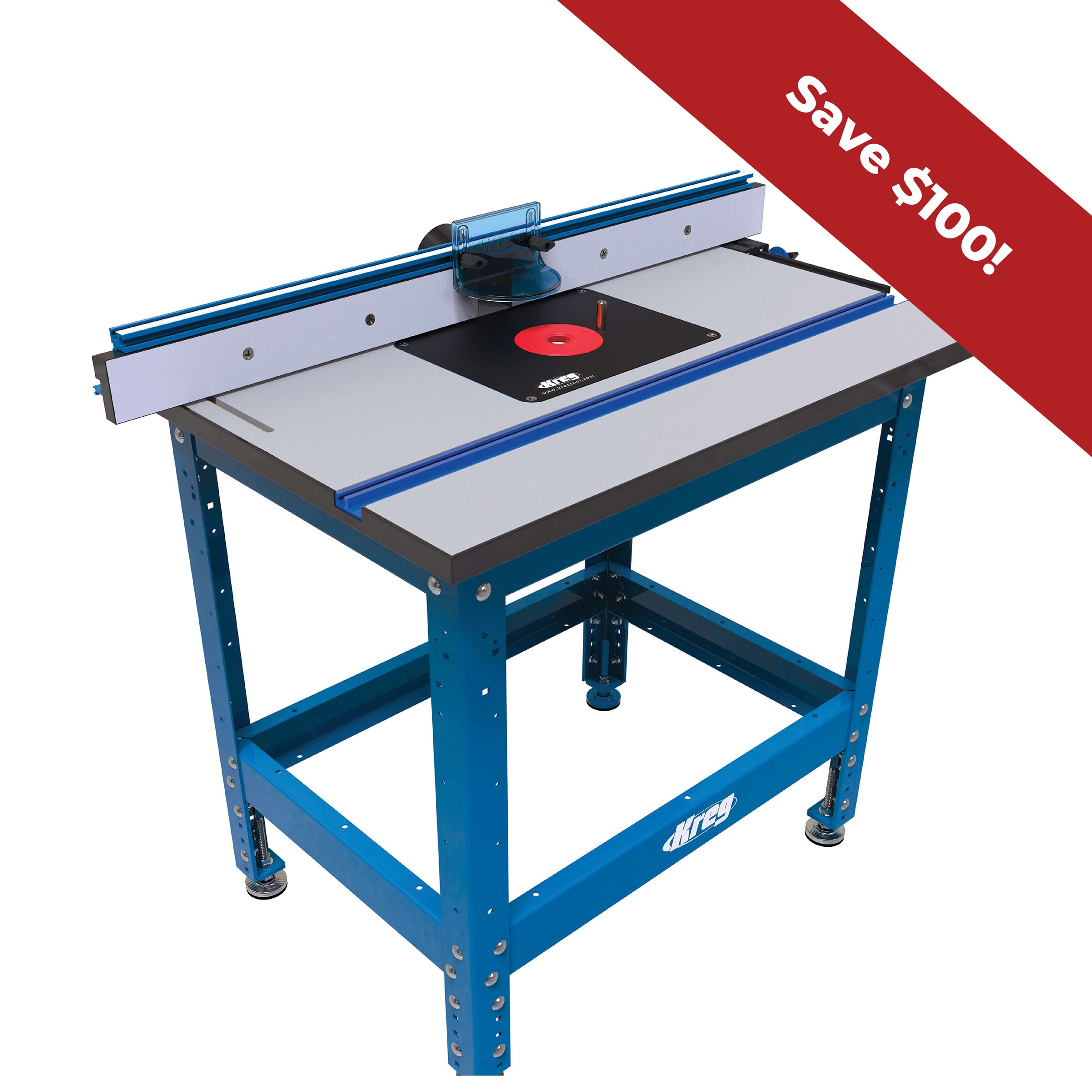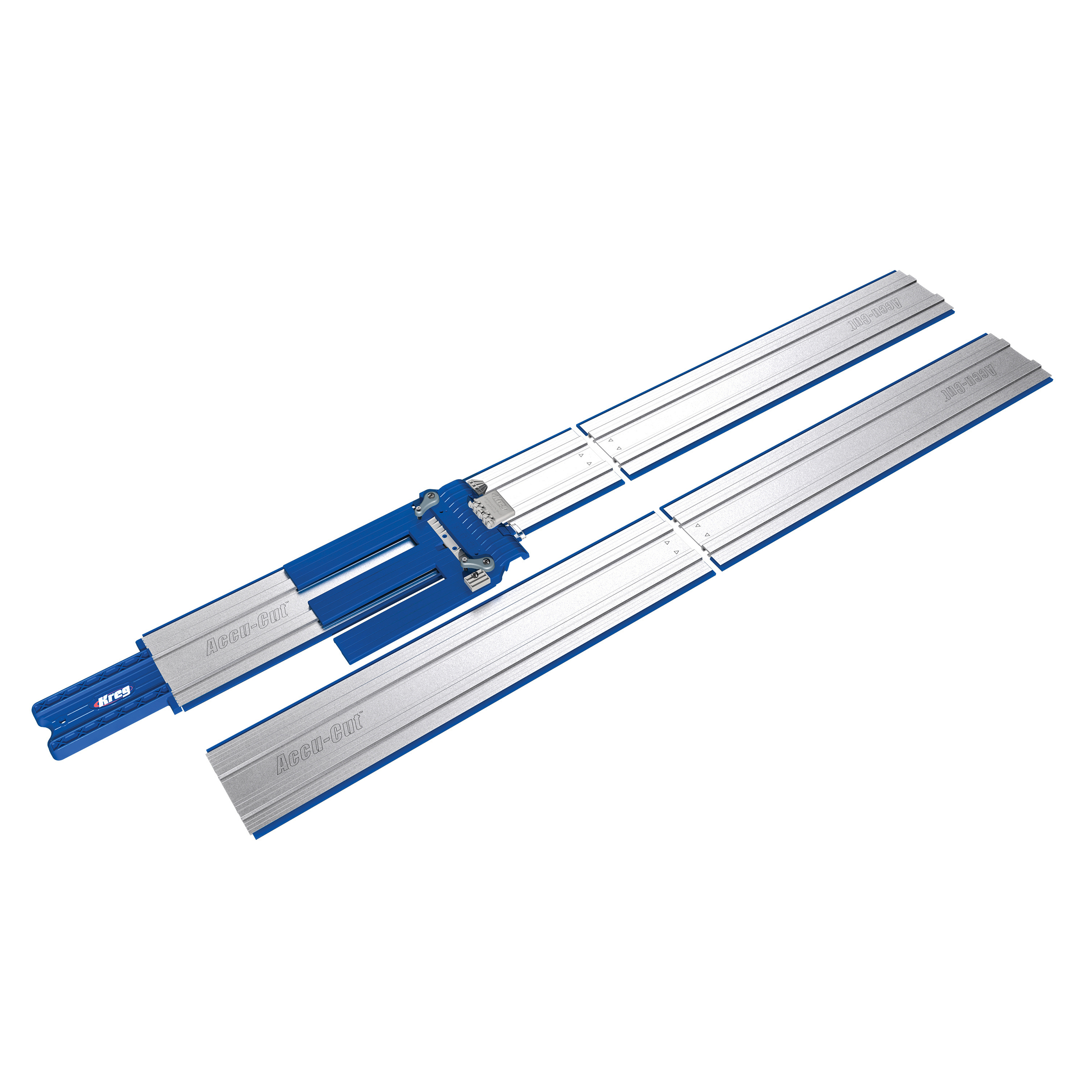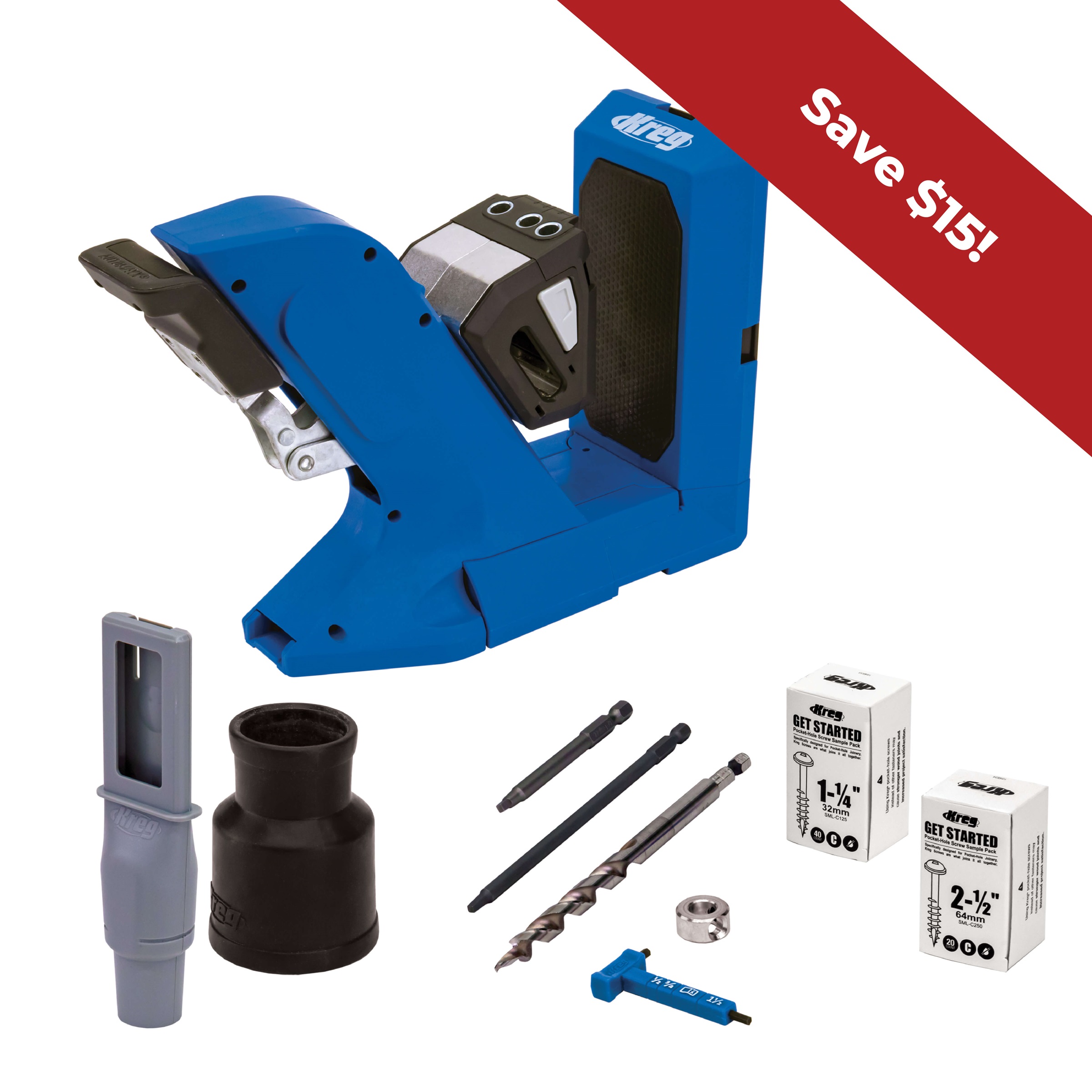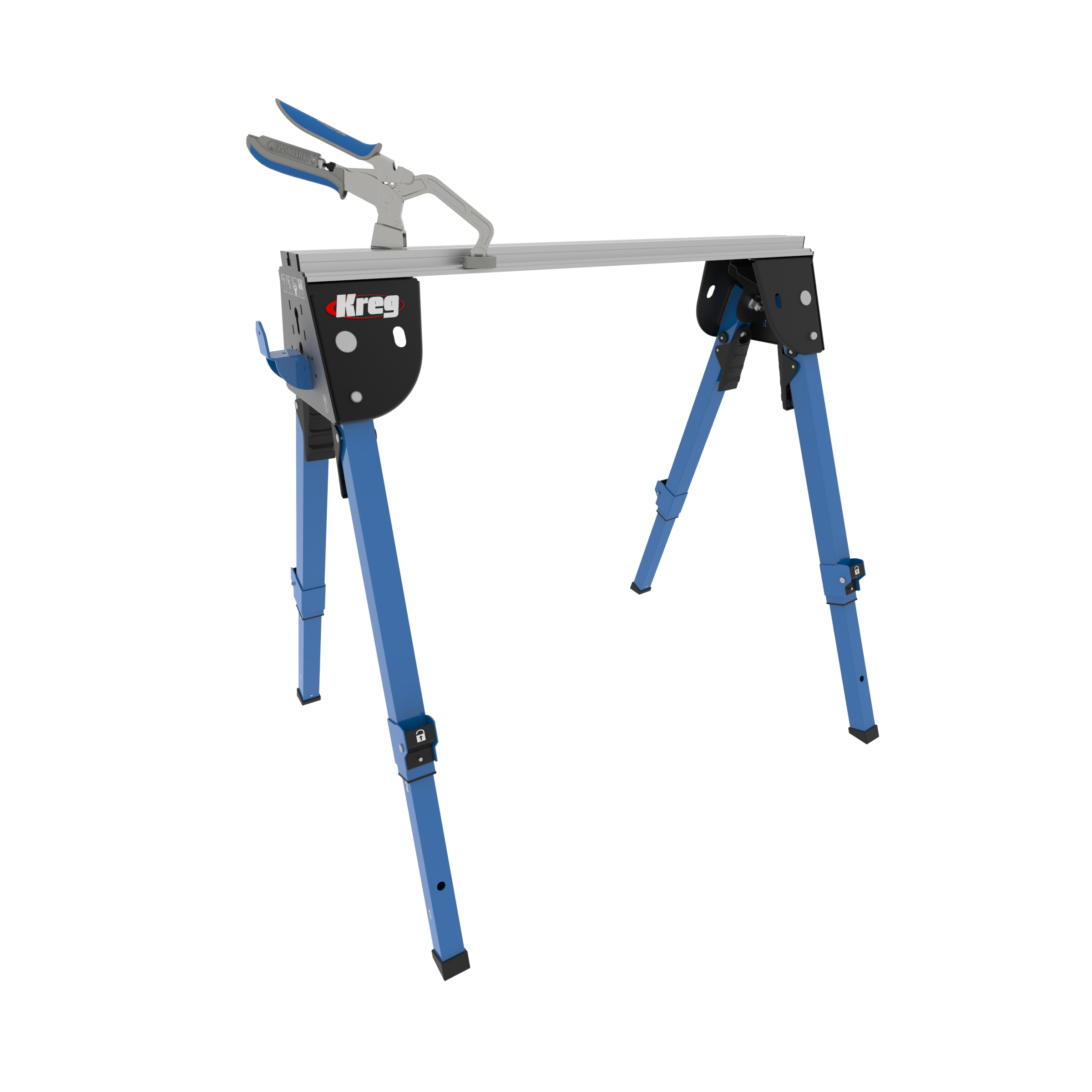Whether you’re just starting out or are you’re already an experienced woodworker, there are a number of high-quality tools you’ll want to have around. We’ve put together a list of the most important woodworking tools that every woodworker should have in their shop. From measuring and cutting to shaping and joining, these tools will help you to bring your woodworking ideas to life.
What Tools Do You Want in a Woodshop?
Miter saw
A miter saws is great for making accurate crosscuts and angled cuts. It is a common tool for woodworkers and DIYers because it allows for precise miter joints and finishing touches.
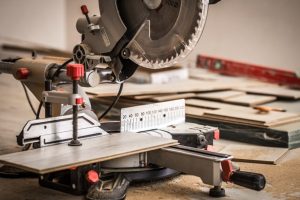
Circular saw
The circular saw is highly portable and can be used to make cuts in wood and other materials. It is easy to use and can be used for ripping boards or slicing through thick plywood when paired with a cutting guide.
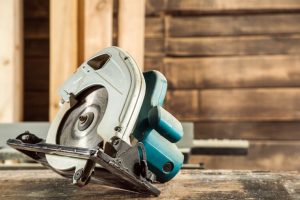
Jigsaw
The jigsaw is a multipurpose device for making precise, curved cuts. Its thin, flexible blade is ideal for cutting intricate patterns and working with wood of varying thicknesses.

Router
A router can be used to make decorative edges and more in wood. Most woodworkers swear by the router when improving the overall look and functionality of their woodworking projects.

Sliding bevel square
Accurately marking and transferring angles requires the use of a sliding bevel square. It is a valued tool for ensuring precise and consistent angles in joinery work.

Claw hammer
Nail-driving and removal are just two of the many uses for the claw hammer. It’s a staple in any woodworker’s toolbox and is used in assembly, framing, and general building, among other DIY and carpentry applications.

Pocket-hole jig
A pocket-hole jig is an incredibly handy tool for making sturdy, invisible joints in a short amount of time. It works great for connecting wood at different angles or putting together furniture.
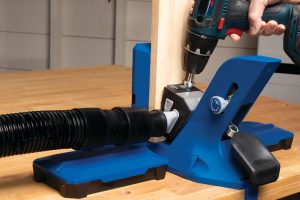
Hand saw
A hand saw is an effective tool for producing clean cuts when a power saw is not an option. It can be used for small- or large-scale woodworking tasks alike.
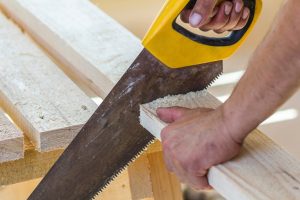
Moisture meter
Before working with wood, it is important to determine its moisture content using a moisture meter. Using properly dried wood helps avoid problems like warping and shrinking.

Tape measure
If you don’t have one already, you’ll need a tape measure to get precise readings. For accurate measurements and reliable outcomes in woodworking projects, this is an absolute must.
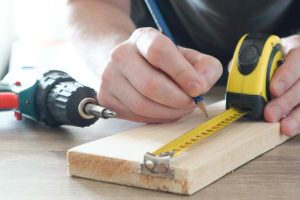
Level
A level ensures that your projects are straight and level — whether hanging shelves, aligning cabinets or countless other applications. It ensures overall accuracy and balance in your woodworking projects.

![]()
What Is The Number One Tool For Woodworking?
A track saw
The track saw’s precision, portability, safety features, dust collection, and compatibility with other tools make it the top choice for woodworkers. Its ability to deliver accurate cuts, whether in the workshop or on-site, makes it an essential tool for both professional woodworkers and hobbyists alike.
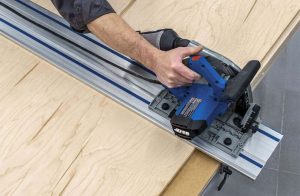
1. Precision and Accuracy
The saw’s design allows it to follow a predefined track or guide, ensuring straight and clean cuts. This makes it ideal for tasks that require high precision, such as cutting large sheets of plywood or making long, straight cuts on solid wood.
2. Portability and Versatility
Track saws are designed to be used on the go, making them suitable for both workshop and on-site woodworking projects. The track system enables you to easily set up the saw anywhere, ensuring consistent results even in challenging locations.
3. Safety Features
The saw’s design keeps the blade fully enclosed, minimizing the risk of accidents or injuries. The track system provides a stable and controlled cutting platform, reducing the risk of kickback and promoting safer woodworking practices.
4. Integration with Other Tools
Track saws are often compatible with other woodworking tools, such as router attachments or jigsaw adapters. This integration allows for expanded functionality and the ability to perform more intricate cuts or create additional joinery options.
![]()
What Should Be Your First Woodworking Tool?
Chisels
One tool set stands out as the perfect starting point for beginners and enthusiasts alike – a set of chisels. This should be the first tool any woodworker acquires because of their versatility, precision, and capacity to shape and refine wood.
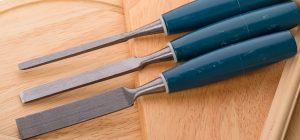
1. Versatility
First, chisels’ adaptability means they can be used for a wide variety of woodworking projects and tasks, from shaping and carving to paring and mortising.
2. Precision and Control
Acquiring mastery and precision over the wood is essential in any woodworking endeavor. Chisels give woodworkers the control they need to make fine cuts, smooth out joints, and construct accurate mortises.
3. Skill Development
Starting your woodworking journey with a set of chisels allows you to develop essential woodworking skills. Chisels are great for developing your art because they force you to be patient, practice, and pay attention to detail.
4. Affordability
A chisel set is a relatively affordable option for novices because of its low price. Investing in a high-quality set of chisels is a cost-effective way to learn the basics.
![]()
What is the Essential Tool for Every Woodworker?
A workbench
The essential tool for every woodworker can vary depending on personal preferences and specific woodworking tasks. But there is one piece of equipment that nearly all woodworkers agree is necessary — a reliable and versatile workbench.
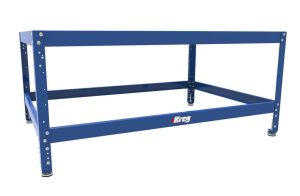
A workbench is a handy piece of equipment that may be used for a variety of tasks when working with wood. It’s the basis for all of your woodworking efforts, from shaping wood to building and completing your projects. A well-thought-out workstation provides a number of advantages that boost productivity and effectiveness in the garage or workshop.
1. Solid construction
Look for a workbench that is built to last with materials like hardwood or a combination of hardwood and strong steel. The bench’s strength must be sufficient to withstand the pressures applied during woodworking.
2. Ample workspace
Make sure the workstation has plenty of room for your various projects to spread out. Materials may be clamped safely and moved about easily because of the ample working space.
3. Sturdy vise or clamping system
The third feature of a quality workbench is a sturdy vise or clamping device for holding your workpieces in place. Planing, sawing, and chiseling by hand all require a secure hold.
4. Storage and organization
Consider getting a workbench with built-in drawers, shelves, and pegboards for storage and organization. Keep your tools, accessories, and supplies neatly stored and within easy reach.
5. Adjustable height
Some workbenches allow you to modify the working height to your preferred level, which can alleviate stress on your back and arms.

